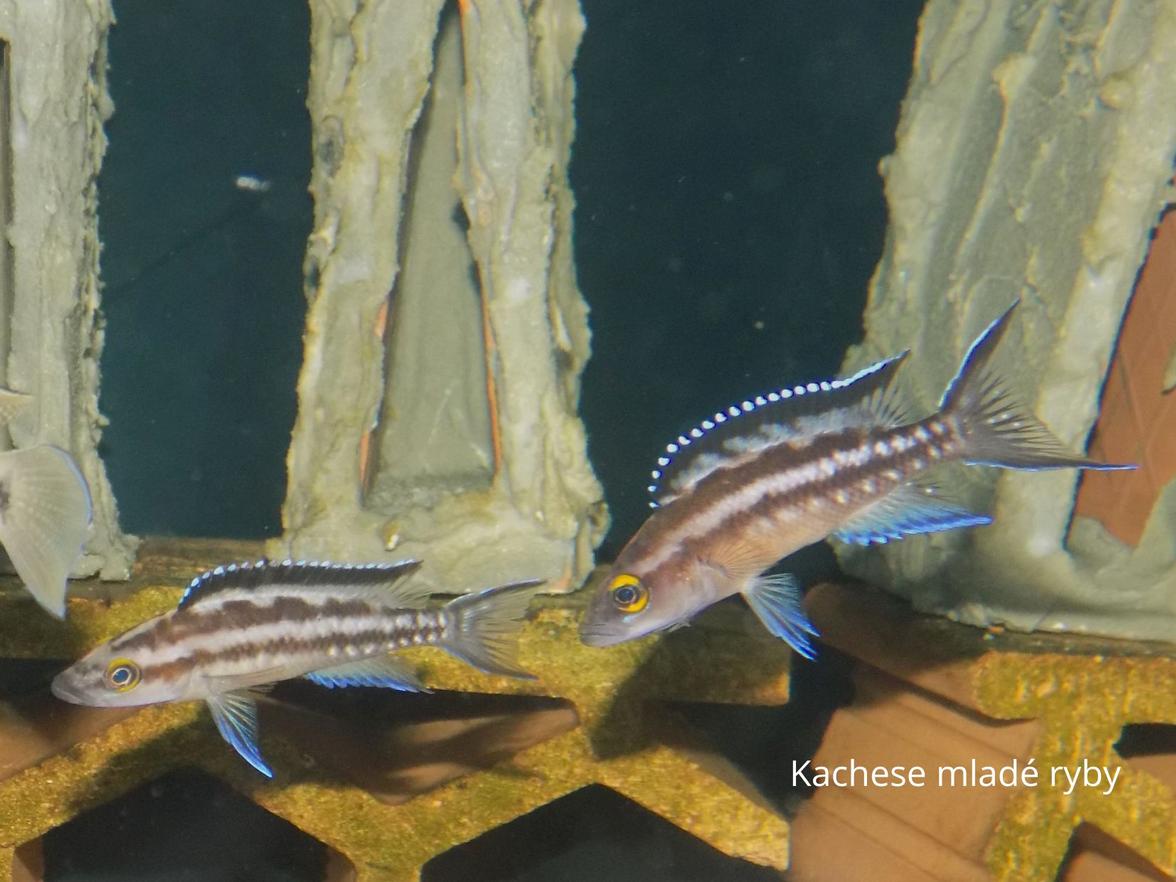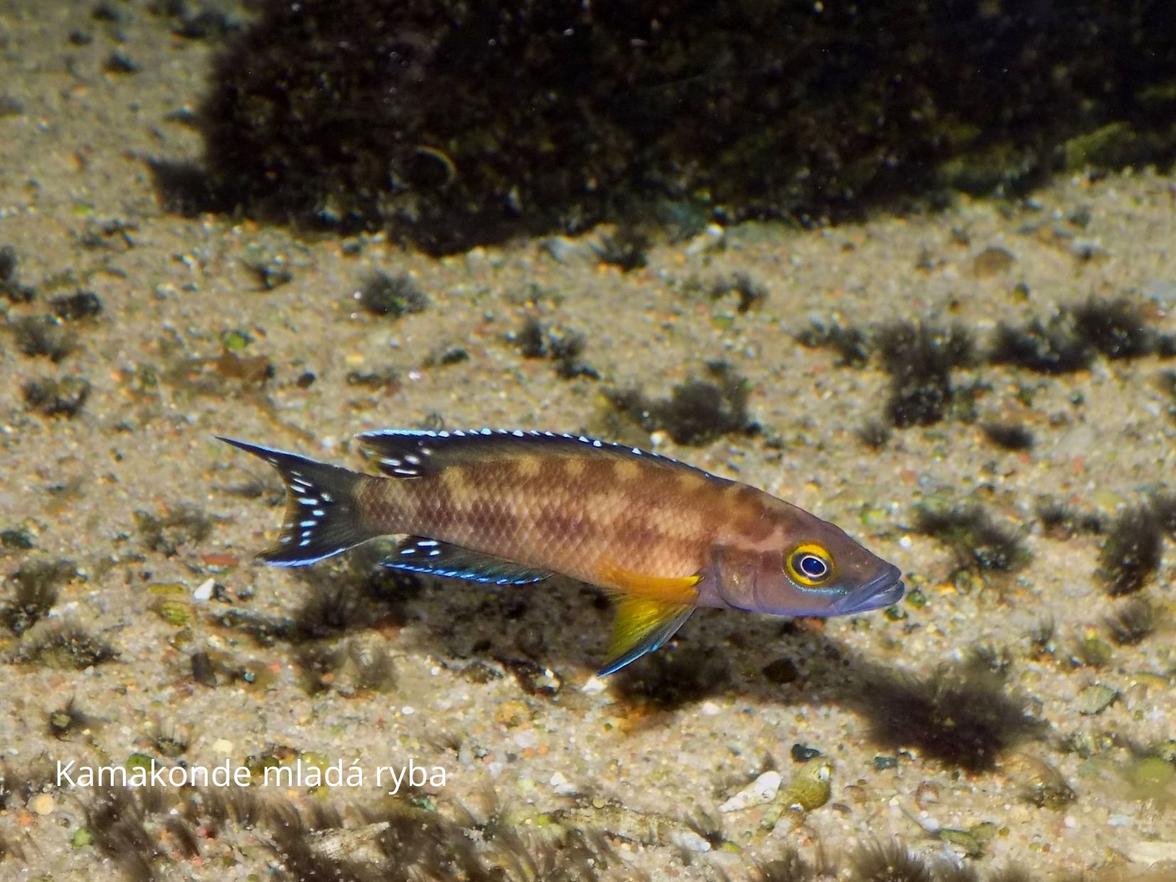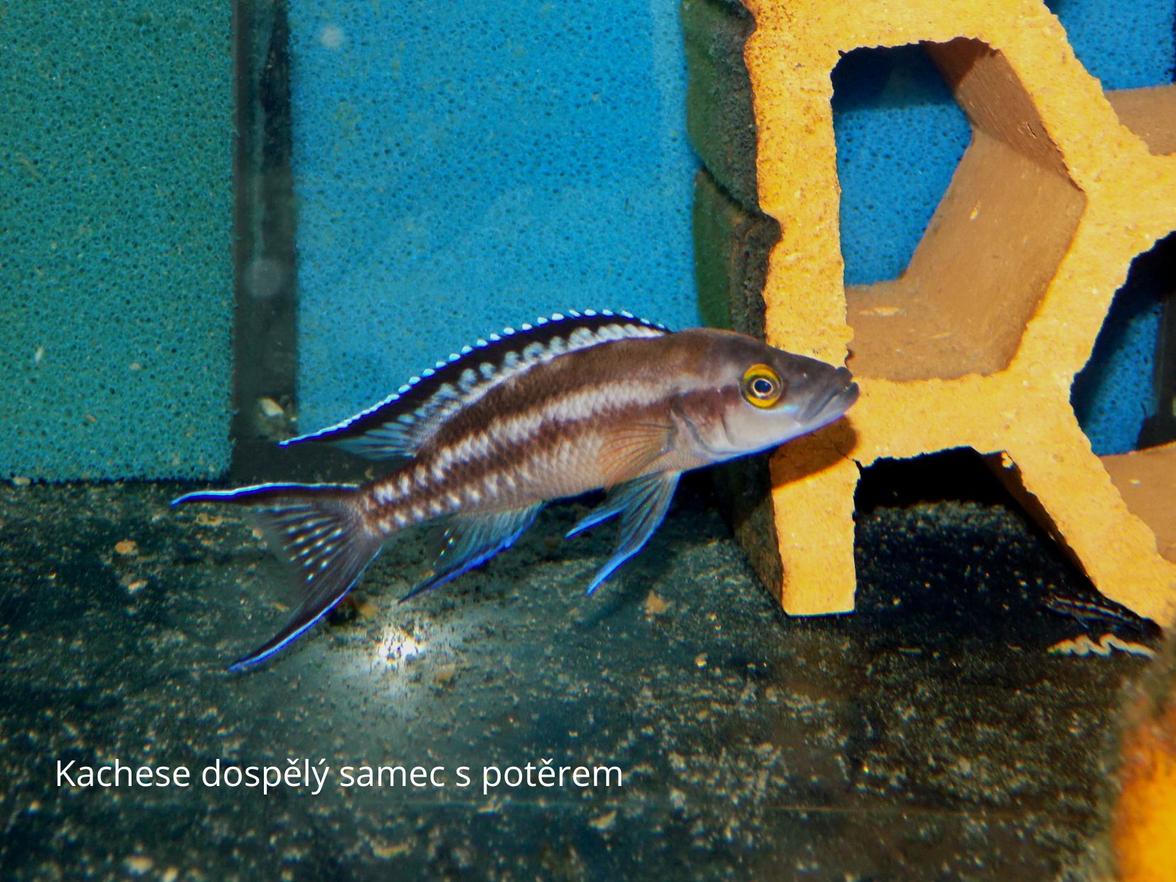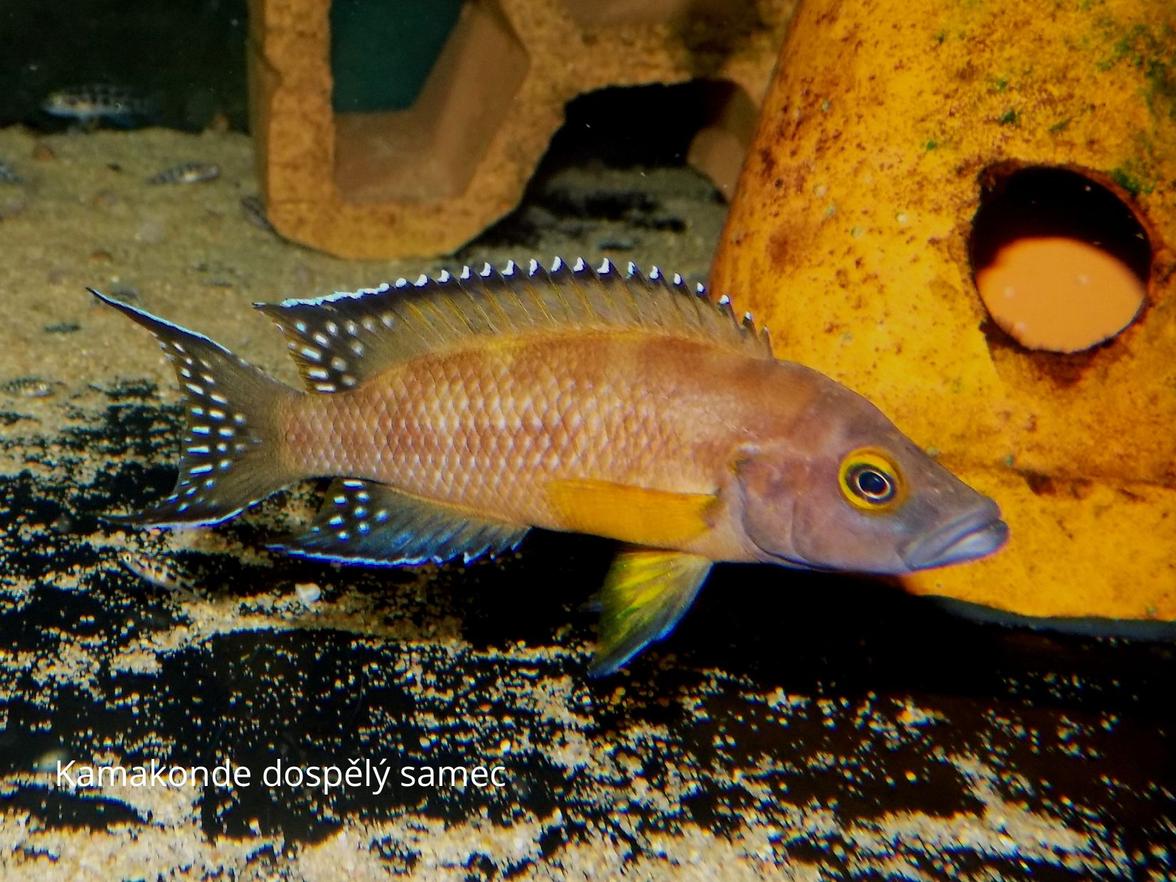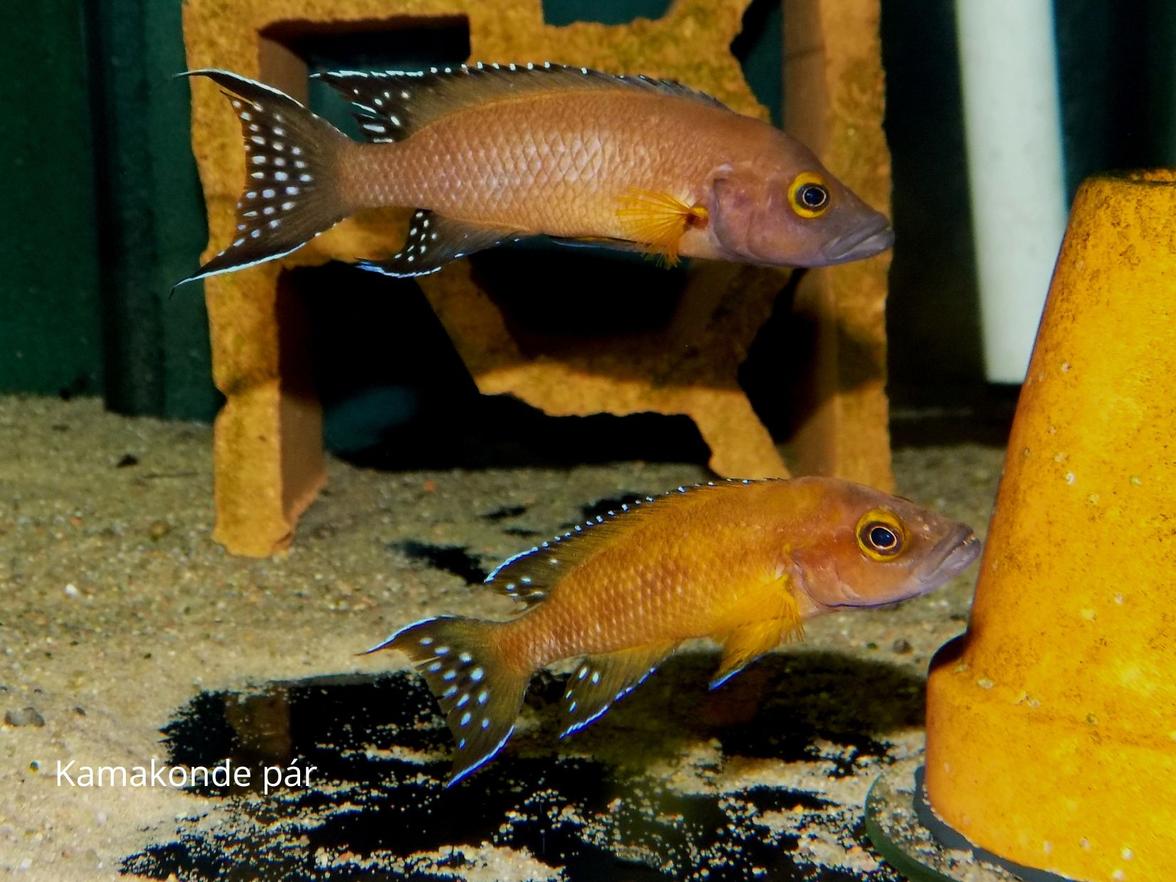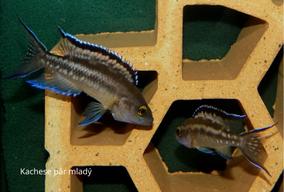Neolamprologus buescheri impresses with its elegant appearance, distinctive behavior, and strong pair bonds. It is one of those fascinating species that, despite its subtle coloration, has earned the admiration of more experienced aquarists. In this article, the author shares long-term experience with its care – from selecting a suitable tank to successful breeding.
In this article, I would like to focus on my experiences with breeding Neolamprologus buescheri. Although this species is not among the most colorful representatives of the genus Neolamprologus, it is definitely worth noting.
Life in the lake
This species occurs in Lake Tanganyika. Fish from different locations vary in appearance. Most commonly, we see representatives from the Kachese and Kamakonde locations. In the lake, they inhabit depths of 15-40 meters, where they are found in close proximity to rocks and caves, where they spawn. Since they Neolamprologus buescheri most commonly occurs individually or in pairs and inhabits the deeper parts of the lake, its capture is quite complicated.
Imports are therefore rare and often only a few individuals are brought in. Food in the wild most commonly consists of small invertebrates, and they do not disdain plankton or fry of other species.
Aquarium breeding
Neolamprologus buescheri belongs to the smaller representatives of the genus. Males typically measure 10cm, females 7cm. The breeding of these fish does not significantly differ from the breeding of other representatives of the genus Neolamprologus.
To start, it is optimal to acquire at least 10 juveniles and place them in a more spacious aquarium. In this species, interspecific aggression is often quite pronounced, when fish need to be monitored more frequently and pairs that have formed should be gradually removed. Despite their smaller body constitution, males can be very aggressive. Killing weaker individuals is not uncommon. If a couple is chosen, they usually stay together for the rest of their lives. This species forms very strong pairs, in which it almost never happens that fights occur, as known in some other representatives of the genus.
For keeping a separate pair, I recommend a tank of 70 liters or more. Water temperature around 24-26 ºC, nitrate levels ideally below 30mg/l, and pH 8 and above. For feeding, I most often offer live or frozen plankton, brine shrimp, mosquito larvae, and high-quality flake food.
Shared aquarium
Breeding with other species is possible provided that suitable shelters are created. The combination with sand cichlids of the genera is unproblematic XenotilapiaorEnantiopus, as well as Cyprichromisor Paracyprichromis. With other representatives of the genus Neolamprologus. Breeding is also possible, but it is necessary to have a sufficiently spacious tank with enough hiding places and not too large a size difference between the individual species. Neolamprologus buescheri is indeed very aggressive within its species, but generally does not pay much attention to other fish species.
Breeding
An adult pair usually spawns once or twice a month. The number of eggs is relatively small. Typically 5-10 pieces. Parents do not care for the offspring, they only defend their territory. For fattening up the fry, fine plankton is usually sufficient, which the fry receives while being fed by the parents. No special care is needed. Its presence is usually detected only when it is larger and more frequently leaves its hiding place.
I usually leave him with the parents until he is 3-4 cm. The size of the tolerated fry is very individual among pairs. Some pairs tolerate fry up to a maximum of 3 cm, while other pairs can handle significantly larger fry. The fry grows relatively slowly. Adulthood is reached at the age of two to three years.
